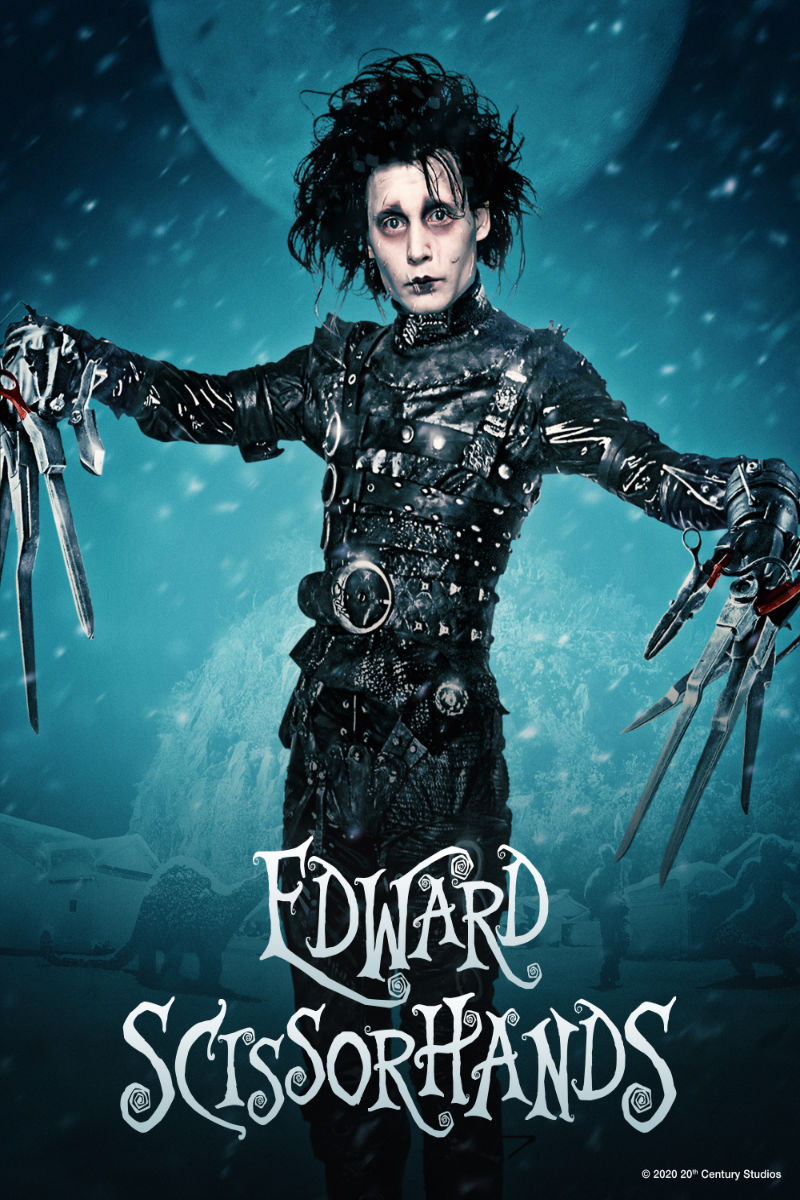Edward Scissorhands” is a classic work directed by the famous director Tim Burton and released in 1990. The film reveals the director’s distinctive gothic film style, in which Johnny Depp’s delicate and deep performance touched countless audiences, making the character of Edward a typical image in the history of cinema.
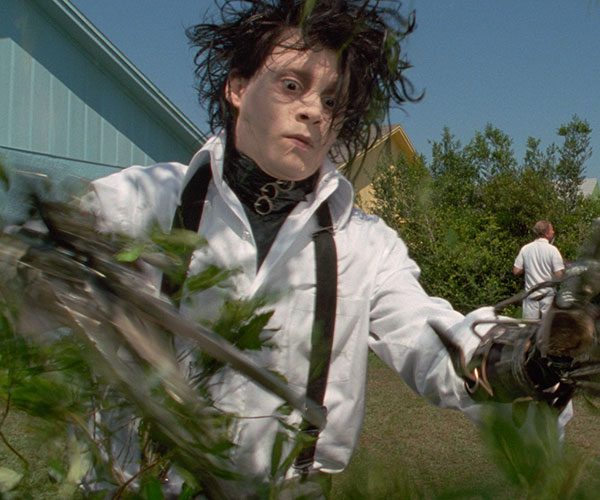
Although the film has been released more than twenty years ago, but this poignant and sad fairy tale of love still touches many viewers. Edward Scissorhands” tells the story of Peg, a saleswoman who inadvertently breaks into the castle and meets Edward, who lives there and brings him home. Edward falls in love with Peg’s beautiful daughter, Kim, but because of her special identity as a robot and his scissorhands, which are always in an unfinished state, is framed by Jimmy, Kim’s boyfriend, and cannot stay with Kim, who gradually falls in love with him, and returns to the castle to continue his lonely life. The story. The imagery of Edward’s scissor hands runs throughout the story, giving the film a special meaning.

Edward Scissorhands” is not as perfect as a typical fairy tale. Instead, the movie is full of dark atmosphere, dark scenes, unexpected storyline, and some weird heroes, but it is these seemingly ambiguous visual effects and strange colors that give us unexpected feelings.
In this struggle between conflict and counter-conflict, the protagonist shows us the process of an individual gradually understanding himself, constantly searching for himself, discovering himself and transcending himself. Although he does not get the happiness he needs after facing the difficulties, he discovers the value of his existence, and all the problems cannot cover up the warm and pure heart.
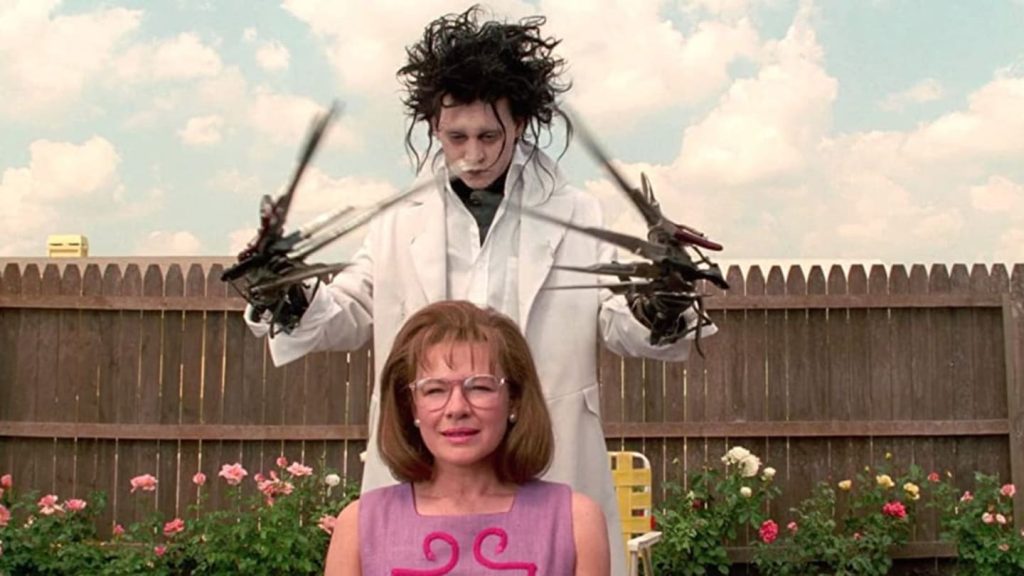
Tim Burton tries to build the events in a community without a specific time and place, the colorful houses and decorations seem quite surreal, and the director seems to want to tell us that such things may be completely conceived, but they can also happen in any corner of the world. The director himself actually used to grow up in a very similar environment to the protagonist Peg, so his portrayal of the neighborhood is vivid, albeit exaggerated, but it is real and believable.
Whether they love Edward more or scorn him more, the people who have been laughing at her, in the end, they all become a powerful and evil force and wish to trample on Edward simply because he has a pair of scissors but a human heart. The film is a delicate and extremely ironic portrayal of the world.
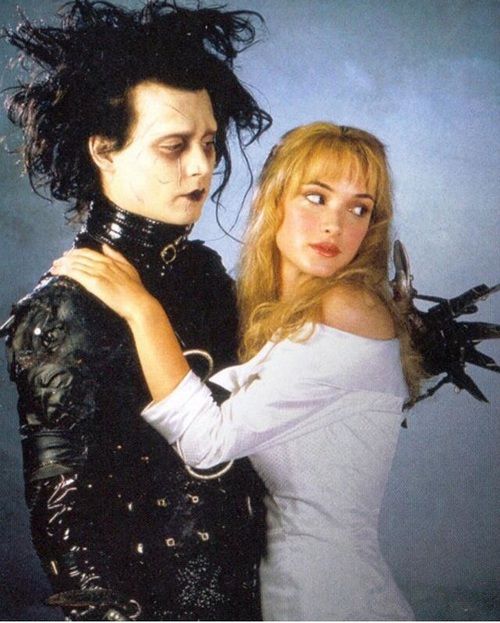
What is noteworthy is the change in the film’s narrative perspective. In the opening and closing narratives, the narrator is grounded in the pursuit of past memories and uses a subjective, internally focused perspective. In the story part of the film, the narrative experience clearly transcends a single feeling, that is, not just a single narration by King, but a combination of the visual movements of Pegg, Edward, King and other narrators, with the narrator’s perspective and camera language superimposed to achieve multiple focuses to accentuate the artistic effect of the film.
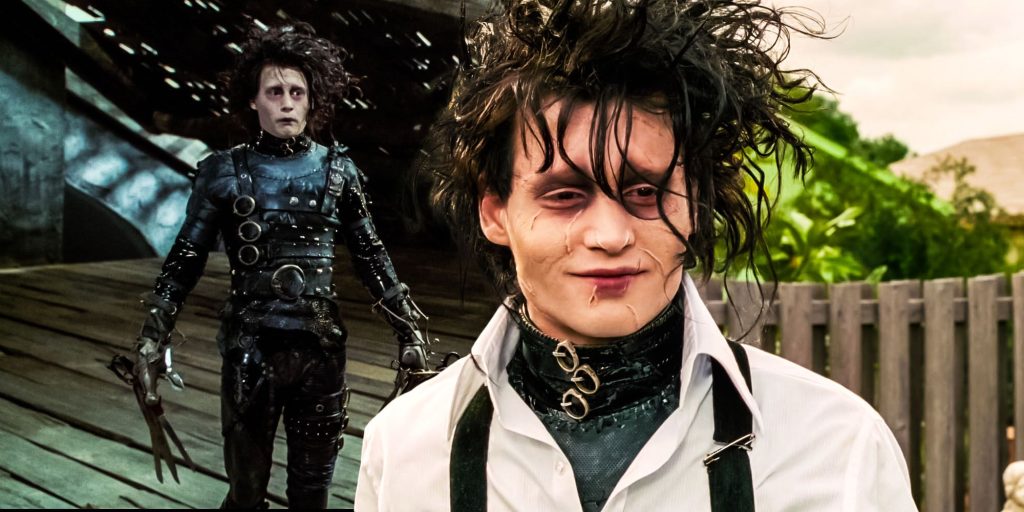
This brilliant director uses beautiful fantasy and simple storytelling to express a stunning love affair. In detail, the director uses various methods to channel the audience’s emotions, so we see an image: simple, sensitive, alien with a real soul, whose almost bizarre appearance is where the real beauty of the film lies. In addition to the director’s dark humor to express the reality of the allegory, the real focus of the film is its depiction of the three most precious human emotions: family, friendship and love, as well as the spiritual strength of Edward, who shows a lonely but eager to communicate humanity that makes people feel a long-lost kind of warmth, no matter how strange he looks.
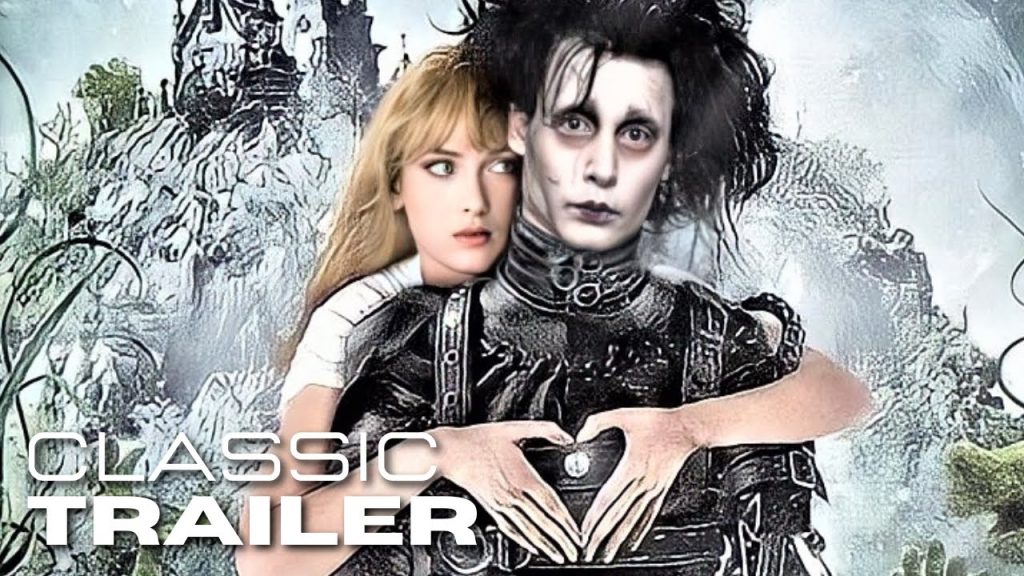
Throughout the movie “Edward Scissorhands”, the director does not directly depict the cruelty between reality and fantasy, but shows the multi-faceted aspects of society and life through the ubiquitous characters, scenes and details, just like a successful colorful painting, bright and dark, where virtual and reality complement each other, bringing a strong contrast to the audience and forming a great artistic shock. This multi-layered, multi-angle application of camera language presents the audience with distinctive and characteristic characters, and Edward’s brilliant interpretation highlights and deepens the ideological content of the work. Despite the passage of many years, the film still has a monumental cultural appeal.
